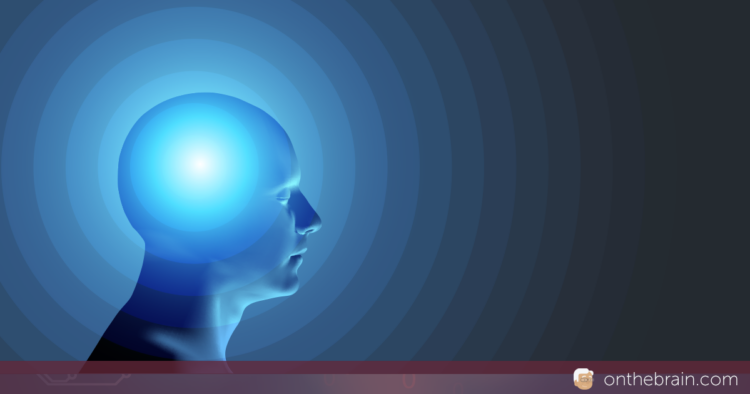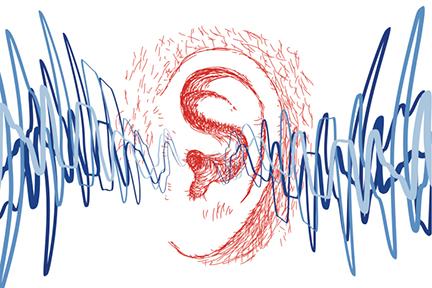As if the damn headache wasn’t bad enough…
About two weeks ago, I read a research report in one of our best fundamental neuroscience research journals, Nature Neuroscience, that documented neurological consequences of migraine headaches in a mouse model. This is one of those animal models of a human vascular/neurological condition that appears to relatively faithfully reproduce the physical, chemical and electrical sequelae…



